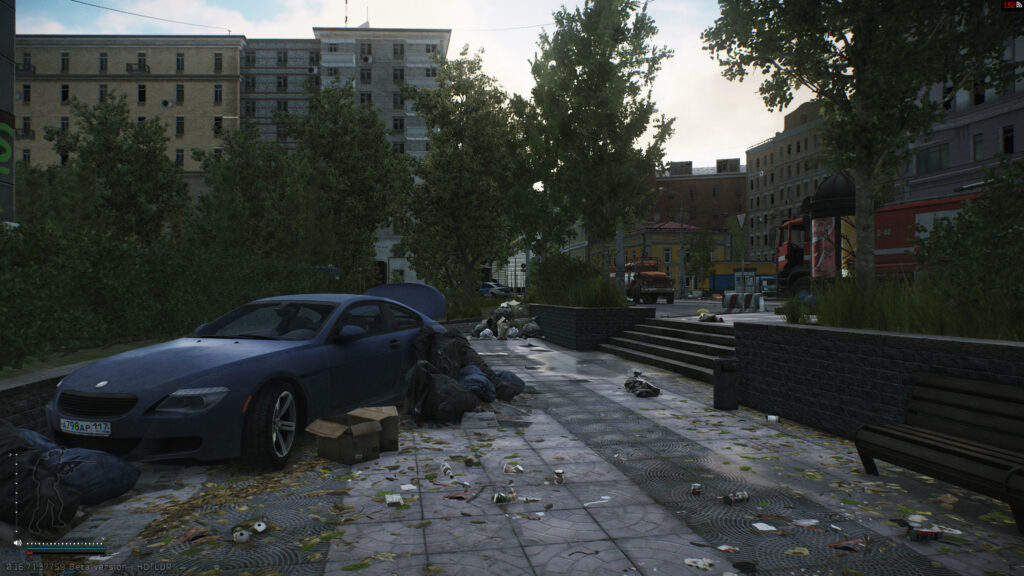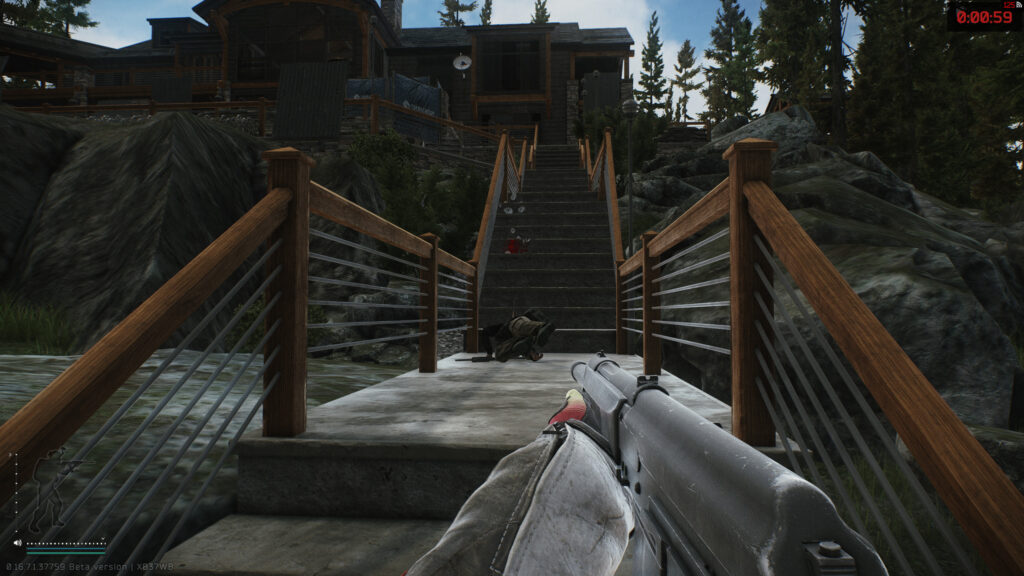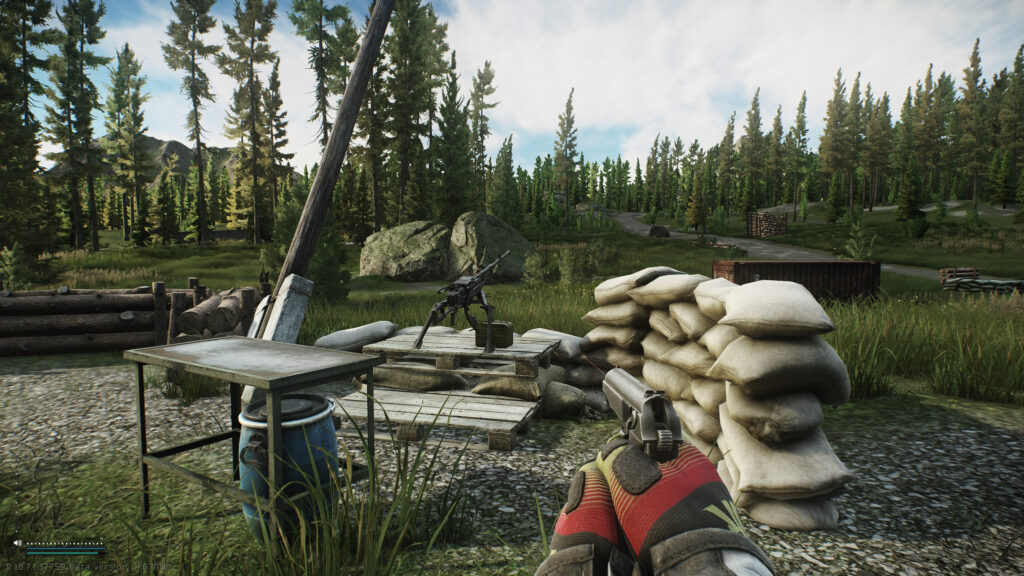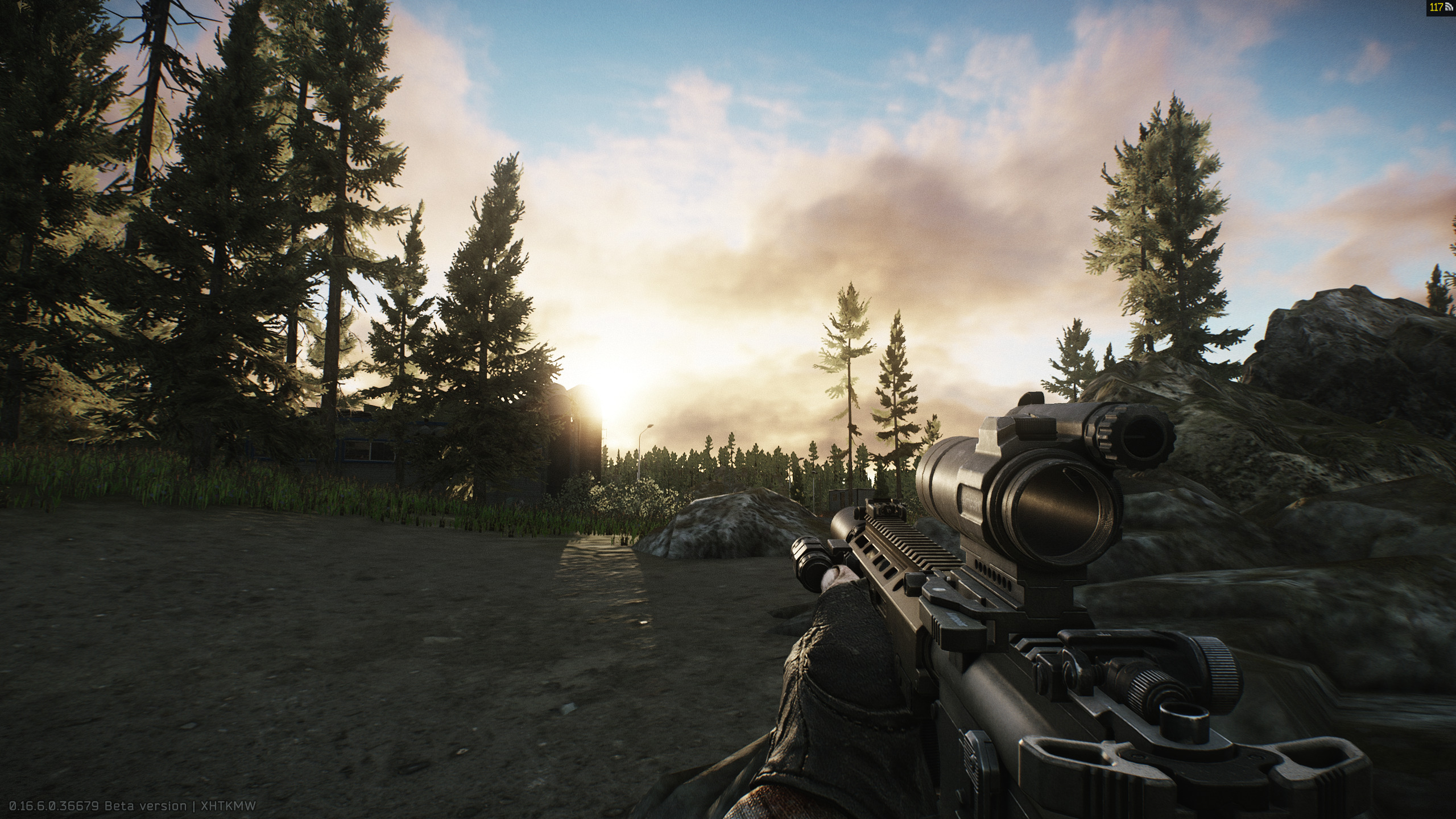Introduction
A Tarkov carry service lets you partner with a skilled player who guides you through a raid to finish specific tasks faster than you would on your own. These services focus on three main goals: completing quests, gaining experience, and collecting high‑value loot. Instead of spending hours learning each map’s spawn logic or repeating failed runs, you team up with someone who knows the fastest routes, best extraction points, and key combat tactics. This saves you time and reduces frustration when you are stuck on a tough objective or chasing rare spawns.
Carry runs also double as live tutorials: watching an expert handle encounters and move through the map gives you practical lessons you can apply to future solo raids. In this article, we answer the most common questions players have about carry services in Escape from Tarkov. You’ll learn what a carry session covers, who benefits most from it, and how the booking and run process unfolds. We’ll also cover communication channels, goal setting, and tips to make your session run smoothly. By the end, you’ll know what to expect when you book a carry service and how to prepare so you get the most out of each run, whether you’re chasing a quest item, trader levels, or top‑tier loot.
What Is a Tarkov Carry Service?
A carry service involves an expert player, often called a runner, who leads you through a preset raid plan aimed at completing your chosen objectives. These objectives can range from finishing a quest that requires finding rare items or defeating specific AI bosses, to rapid experience boosts by targeting scav clusters and player encounters, or loot runs that focus on known high‑value spawn areas. Before the session, you share your goal—such as the quest name and required items, the experience percentage you want, or the list of loot types you need—and the runner designs a route to hit each target as efficiently as possible.

During the raid, the runner clears enemies, loots items, and follows a direct path, while you either follow to observe tactics, hang back for safety, or join the squad for live guidance. At extraction, all progress and collected items transfer directly to your stash, so you avoid extraction failures or lost loot. Communication happens in real time through in‑game chat or a voice app, ensuring you know when to load, where to meet, and how the session will proceed. Overall, a carry service turns long, uncertain solo grind sessions into focused, goal‑driven runs that deliver clear results.
Who Uses Carry Services
Carry services appeal to a wide range of players. Newcomers benefit by skipping early grind walls and unlocking trader levels faster, which in turn grants access to better gear that makes further raids easier. Returning players who miss major updates can catch up on new quests and map content without relearning older tasks. Busy players with limited gaming time appreciate the ability to book a session that fits their schedule and delivers specific results in under two hours. Even veteran players use carry runs for particular challenges—testing new weapon builds against live targets or clearing a boss that demands multiple solo attempts.

Teams and clans may hire runners to stock a shared stash with high‑value loot before group raids. By matching your objectives—experience, quests, or loot—to the right carry option, you maximize your playtime efficiency. No matter your skill level or available hours, carry services give you a clear path to progress without the usual trial‑and‑error grind.
Booking a carry session starts with a clear request that outlines your exact goal, preferred map, and available time slot. You should send a single message listing: the quest name and required items if you need mission help; the experience percentage you want if you book a level run; or the specific loot categories you want collected. After you submit this request, the operator checks their calendar and confirms a slot. They then provide the meeting details, which typically include the spawn point, extraction exit, and communication channel (in‑game text or Discord/Teamspeak voice). Once you receive confirmation, you prepare your loadout according to any notes from the operator—this might mean bringing only medical supplies or lightweight weapons. Finally, double‑check your account login and voice/text settings so you can join the runner’s squad or meet at the designated point without delay.
Key booking details you need to provide:
- Objective: Quest name and item counts, XP target, or loot list
- Map: Exact map name and any preferred extraction point
- Time slot: Date, start time, and time zone difference if any
- Communication: In‑game chat, Discord link, or Teamspeak info
- Gear notes: Items to bring or leave behind (ammo type, medkits)
Live raid workflow
During the carry session, the runner moves through the map in a planned sequence while you follow or observe from a safe spot. Communication stays active so you know when to load, move, or extract. Below is a table that breaks down each stage of the live run, what the runner does, and what you do as the client:
| Stage | Runner Action | Your Role |
|---|---|---|
| Spawn & Meet | Confirms map markers, checks squad invite | Join squad or move to agreed spot |
| Route to Target | Moves along the fastest path to the first objective | Follow runner or observe quietly |
| Clearing Threats | Engages scavs, players, or bosses as needed | Provide cover or stay hidden per plan |
| Objective Pickup | Collects quest items or high‑value loot | Confirm progress via chat or voice |
| Extraction Prep | Heads toward the exit, checks for nearby threats | Ready your equipment, follow the lead |
| Exit | Ends the raid at extraction point | Extract with runner or standalone |
Extraction and delivery
Extraction marks the end of the live session and the moment you receive your rewards. The runner reaches the agreed exit—such as a gate, van, or car—and ends the raid. At that instant, all collected items or quest progress updates directly in your stash or profile. Reliable operators pause briefly to verify that you’ve received everything you requested, from rare meds to quest items or the targeted experience boost. If the run finishes earlier than expected, many services offer a short “bonus loop” to pick up extra loot or grind a few extra percent of XP, assuming you booked enough time. If the session takes longer—due to high player activity or missing spawns—the operator may offer a partial retry or extra minutes if you planned a buffer. After extraction, you should immediately check: that quest progress appears in your journal, that loot is in your secure container, and that your experience bar shows the correct gain. Any issues, such as missing items or failed quest updates, can often be fixed within the operator’s post‑run support window, which typically lasts 24 hours. This clear hand‑off at extraction ensures you walk away with exactly what you paid for.
Choosing the Right Operator
Selecting the best operator for your carry session depends on experience, feedback, and fit for your goal. First, look for runners who list their total number of runs and success rates for similar sessions. An operator with hundreds of completed quests or high XP runs shows reliability. Next, read recent client feedback. Focus on comments about on‑time starts, clear communication, and accurate delivery of items or experience. Repeat customers are another good sign—if players book the same runner again, they likely met expectations.
Also consider the operator’s map specialties. Some runners concentrate on one or two maps and know every spawn point by heart, while others cover all maps but may lack deep expertise in each one. Match their strongest maps to your objective. Check how they handle delays: good operators explain buffer policies, offer partial refunds or retries if runs fail, and outline support windows for fixing issues after extraction. Finally, compare pricing and package features. A higher fee may include bonus loops or post‑run debriefs, while basic rates cover only the core run. Balance cost against experience and support to find the best fit for your needs. Choosing wisely ensures you book a runner who hits your goals on time and with minimal stress.
Final Tips and Next Steps
Before you start your next carry run, use this checklist for smooth sessions and steady progress:
- Confirm your goal in one message: Quest names, XP targets, or loot list.
- Pick the right map: Small maps for quick runs, larger ones for more potential.
- Test communication: Check voice and text channels five minutes before spawn.
- Prepare your loadout: Gear that matches speed or protection needs.

- Plan buffer time: Add five to ten minutes for setup or minor delays.
- Note operator policies: Reschedule rules, retry options, and support windows.
- Save session details: Record run ID, operator name, and debrief notes.
After extraction, review your debrief materials and apply observed tactics in solo practice runs. Use marked route screenshots or handwritten notes to guide your next raids. Track which maps and actions yield the best results, then plan follow‑up sessions to tackle new quests or XP goals. By combining carry runs with targeted solo practice, you build skills and reduce future reliance on boosting. With clear planning, strong communication, and smart operator choices, carry services become a reliable tool for fast progress and steady skill growth in Escape from Tarkov.


Leave a Reply